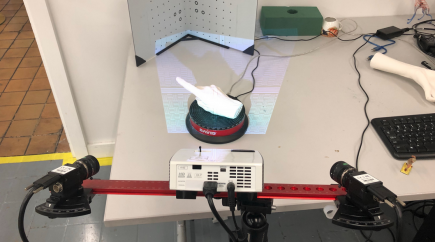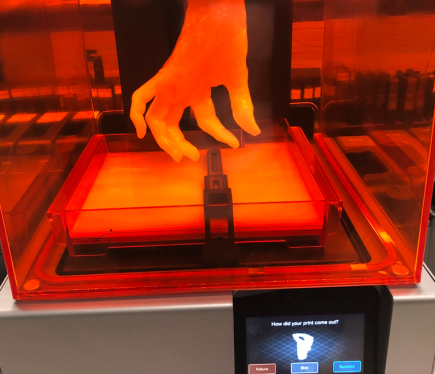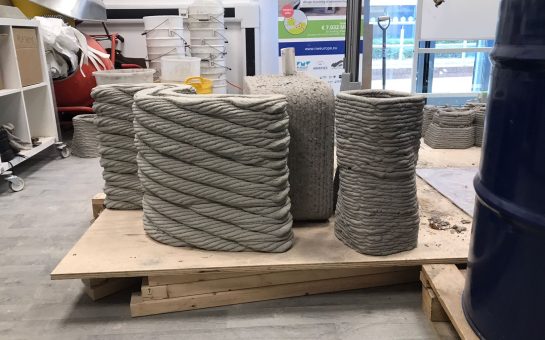There’s more to 3D printing than just “guns and Star Wars figures” says Manchester Metropolitan University 3D print manager Edmund Keefe.
On Tuesday evening, Manchester Fashion Institute hosted an open evening at The Shed next to MMU to present the opportunities of 3D printing to the industry.
The main aim of the evening was to promote and sell 3D printing services to many different branches of the industry and to educate people about the many opportunities it can provide.
Keefe (affectionately known as “Ed in the Shed” by colleagues), was also keen to do away with stereotypes often associated with 3D printing.

HUGE BENEFITS: 3D printing can be used to aid the medical world with surgery
The first 3D printed gun was made in 2013 and since then it has always been a black mark on the 3D record.
Keefe explained that 3D printing can and has been used in the medical world to aid in surgeries involving missing body parts and has even been used to recreate a girl’s trachea (wind pipe) that had a hole in it.
The case of the trachea was turned into a key ring, a huge benefit for that girl because she could warn doctors of her medical issue before any checks, surgery or prescriptions.
“We’ve worked with hospitals to recreate body parts that have been damaged,” he told MM.
One case Keefe described was of a man who damaged his jaw in an accident which led to part of his jaw missing.
The University was given an X-ray of the missing part and its replacement was effortlessly recreated by a 3D printer.
The recreated part was surgically fitted in and it was almost as if his jaw was never damaged.
However, MMU strongly believe in allowing many different types of student to have the opportunity to experiment with 3D printing, regardless of what they’re studying.
A student once 3D printed his own prosthetic leg with a functional speaker and iPhone dock fitted in “simply because he could,” Keefe told MM.
Currently there are no courses specific to 3D printing and so far it’s only used in aspects of design courses.
This means that experience that could be gained with experimenting with 3D printers is mostly lost to potential 3D designers.
This is such a large problem because many people at Manchester Metropolitan University consider 3D printing to be the future of industry.
One third-year student told MM – and paraphrased Keefe – that 3D printing is creating what seems to be a “third industrial revolution” where many parts of the industry are being revolutionised by 3D printing.

TALKIN’ BOUT A REVOLUTION… 3D has come so far that users can create almost whatever they like
Because of the advancements in 3D, printing materials such as titanium and carbon fibre can be printed to create whatever the user desires.
This goes beyond what one generally thinks of when it comes to 3D printing and is definitely more advanced than what is reported.
Manchester Fashion Institute understands this and has used the open evening to stress the importance of 3D technology in the industry.
“We want to focus on the industry over academia,” MMU’s Paul Williams told MM.
The Wohler Report 2016 noted that the 3D printing industry is worth over $5.1billion (approximately £3.8billion).



